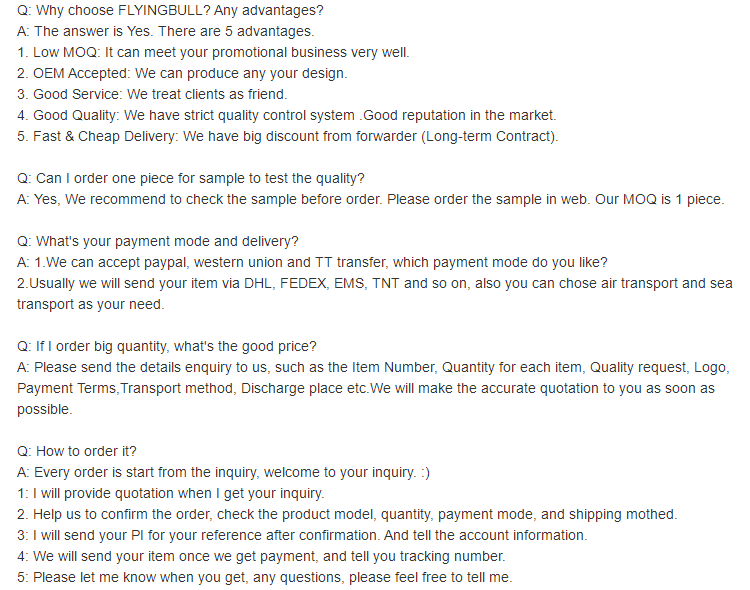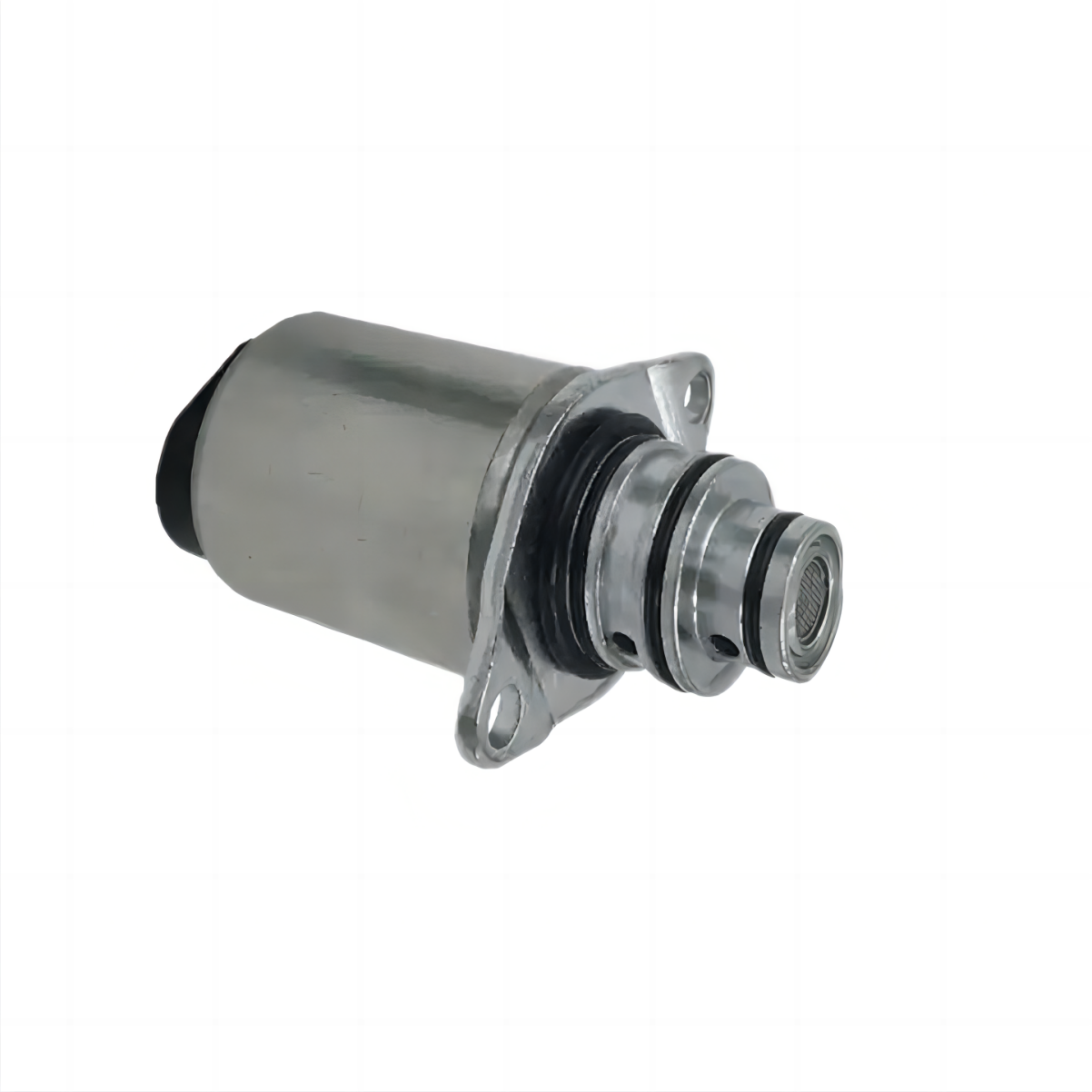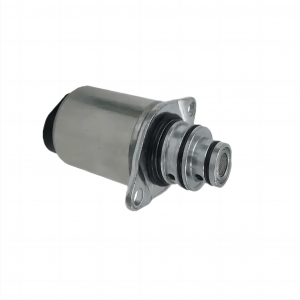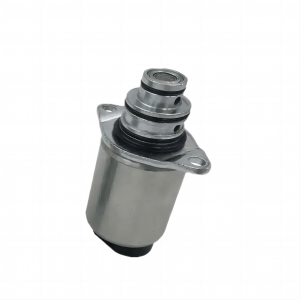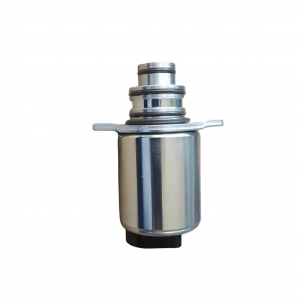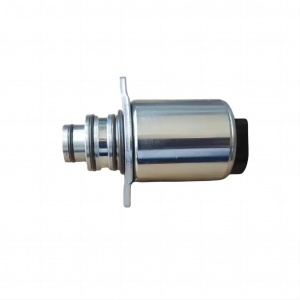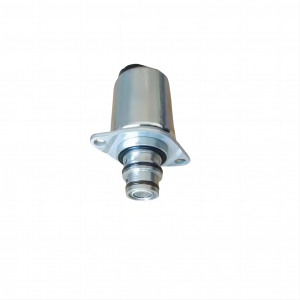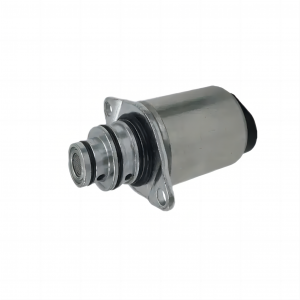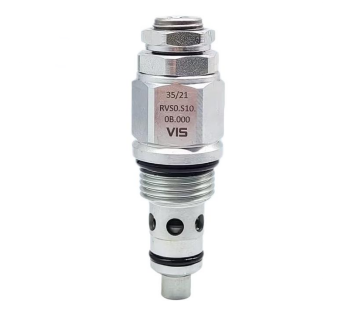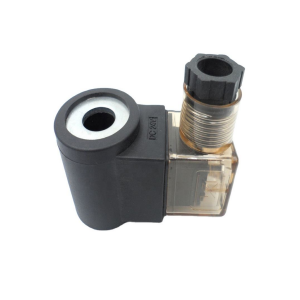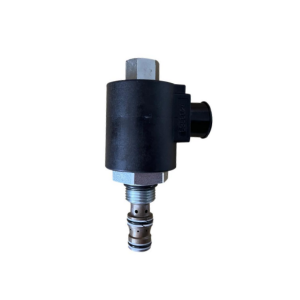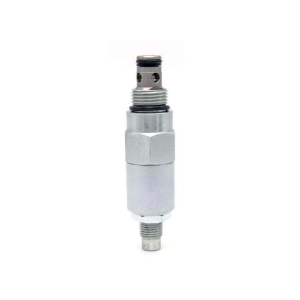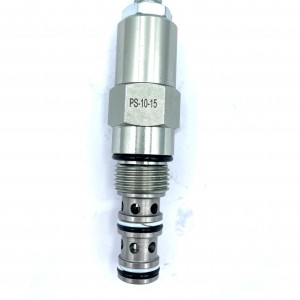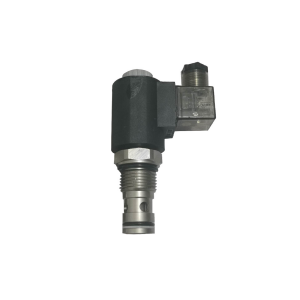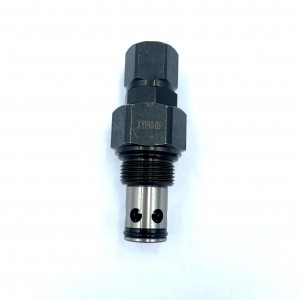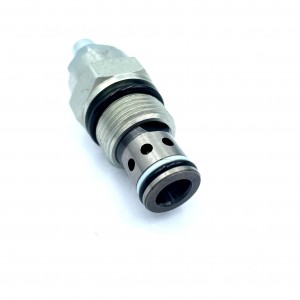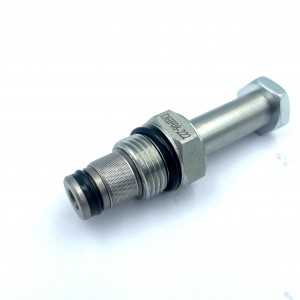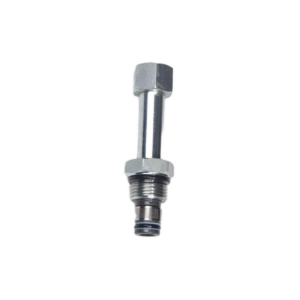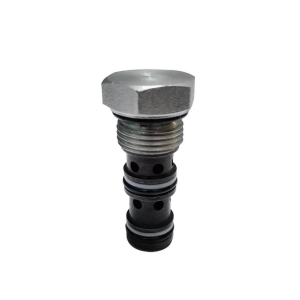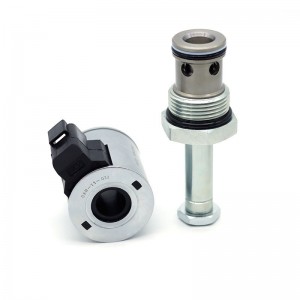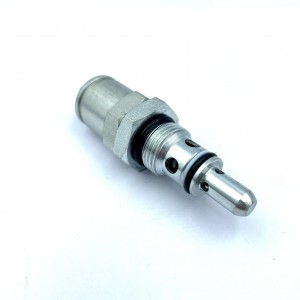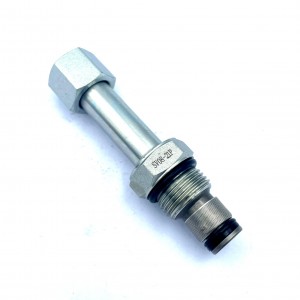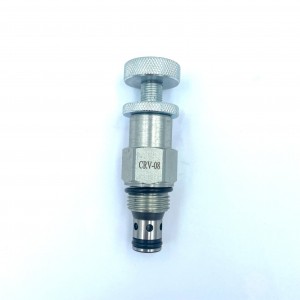For 6WG180 loader Transmission solenoid valve 0501315338B
Details
Sealing material:Direct machining of valve body
Pressure environment:ordinary pressure
Temperature environment:one
Optional accessories:valve body
Type of drive:power-driven
Applicable medium:petroleum products
Points for attention
What is the function of the transmission solenoid valve
Whether DCT, AT or CVT transmissions, hydraulic systems are integral to mainstream technology solutions. In the hydraulic system, the solenoid valve acts as the actuator to realize the conversion of electrical signal to hydraulic signal and control the pressure and flow in the hydraulic system. It is a key component in the hydraulic system. The performance of the hydraulic system directly affects the gearshift smoothness and fuel economy of the vehicle, and is an important part of the automatic transmission.
The solenoid valve cannot be turned empty without oil pressure, because it is easy to cause the motor in the solenoid valve to be dry burned.
Check the solenoid valve as follows :1. Static check means to measure the resistance value of the solenoid valve when the ignition switch is off, connect the pen tip of the multimeter to the pin of the solenoid valve, and observe
Check the resistance value displayed on the meter screen. If it is greater than the rated value, the solenoid coil is aging; If it is lower than the rated value, it indicates a short circuit between turns of the solenoid valve coil; If it is infinite, it means that the solenoid valve coil is open. These conditions indicate that the solenoid valve is faulty and must be replaced. 2. Dynamic inspection Dynamic inspection refers to the simulation of the actual working process of the solenoid valve, with a certain air pressure instead of oil pressure, through the continuous artificial stimulation of the solenoid valve, check whether the valve spool movement of the solenoid valve is smooth and whether the sealing performance is good. Use an air gun to apply a certain air pressure to the working oil hole of the solenoid valve through the conical rubber head, press the control switch to switch the solenoid valve repeatedly, and observe the change of air flow at the oil outlet. If the air flow has always existed, it indicates that the solenoid valve is poorly sealed; If there is no airflow, it means that the solenoid valve is blocked and stuck; If the air flow is not up to standard, it means that the solenoid valve is occasionally stuck; If the airflow follows
The action of the solenoid valve changes, indicating that the solenoid valve is normal.
Product specification
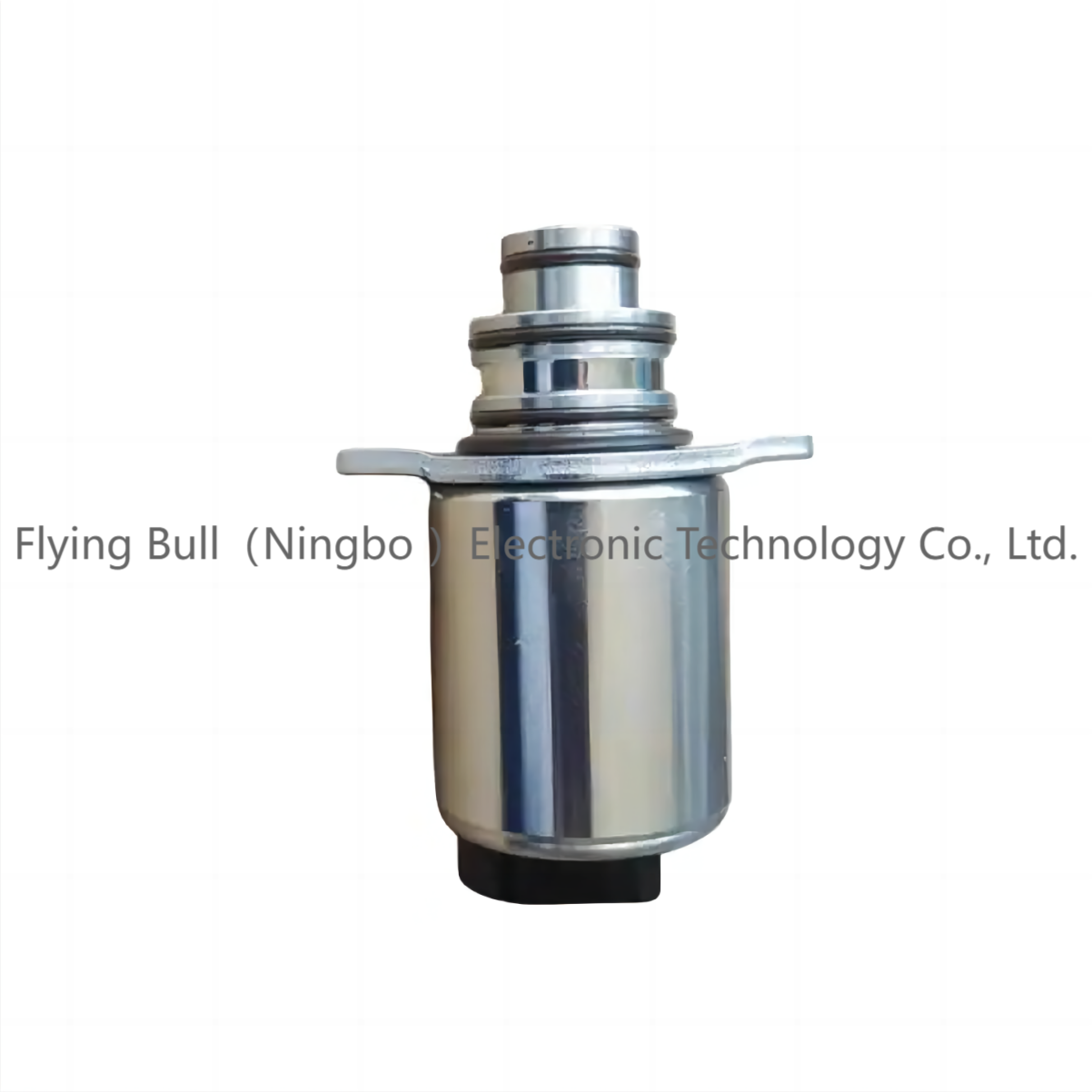
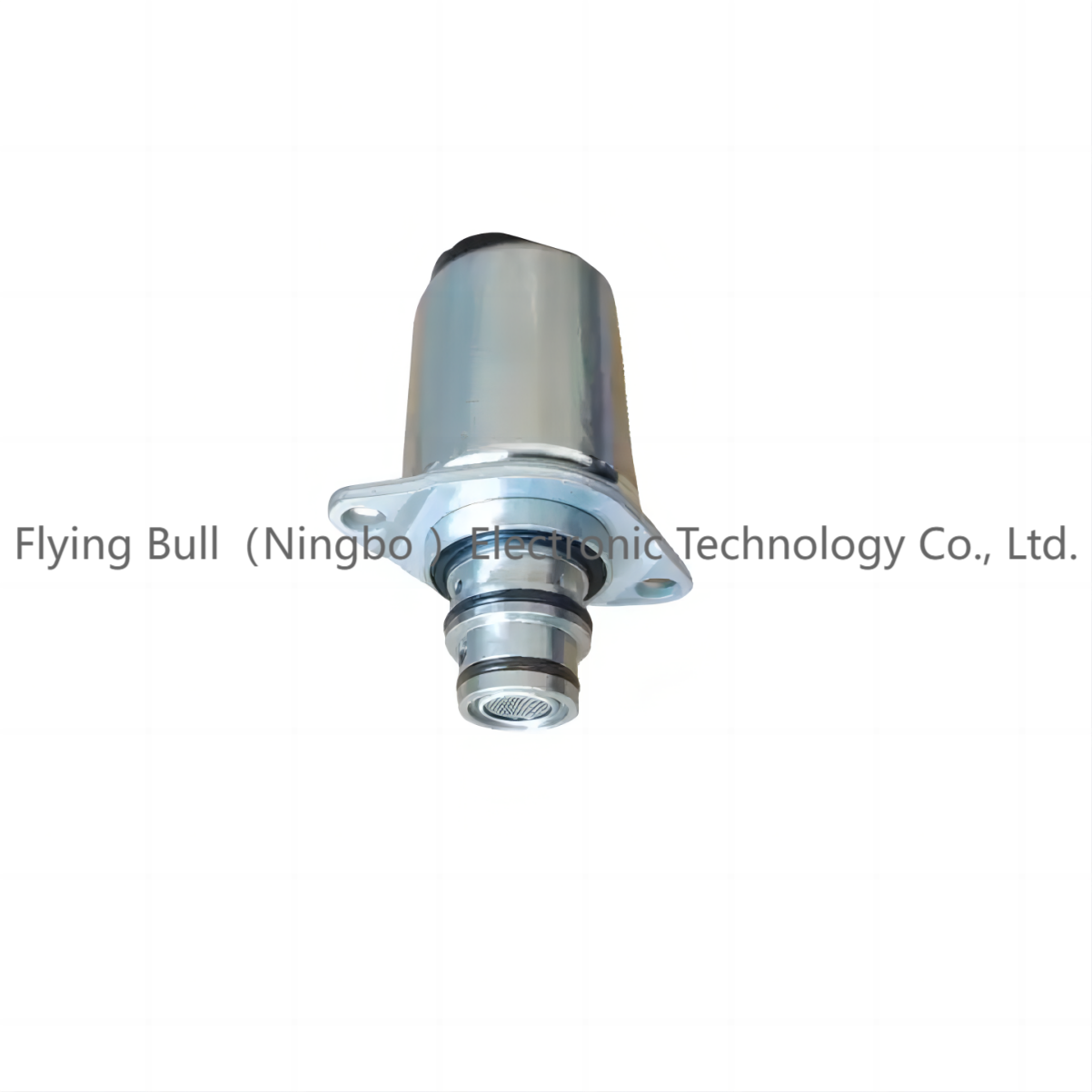
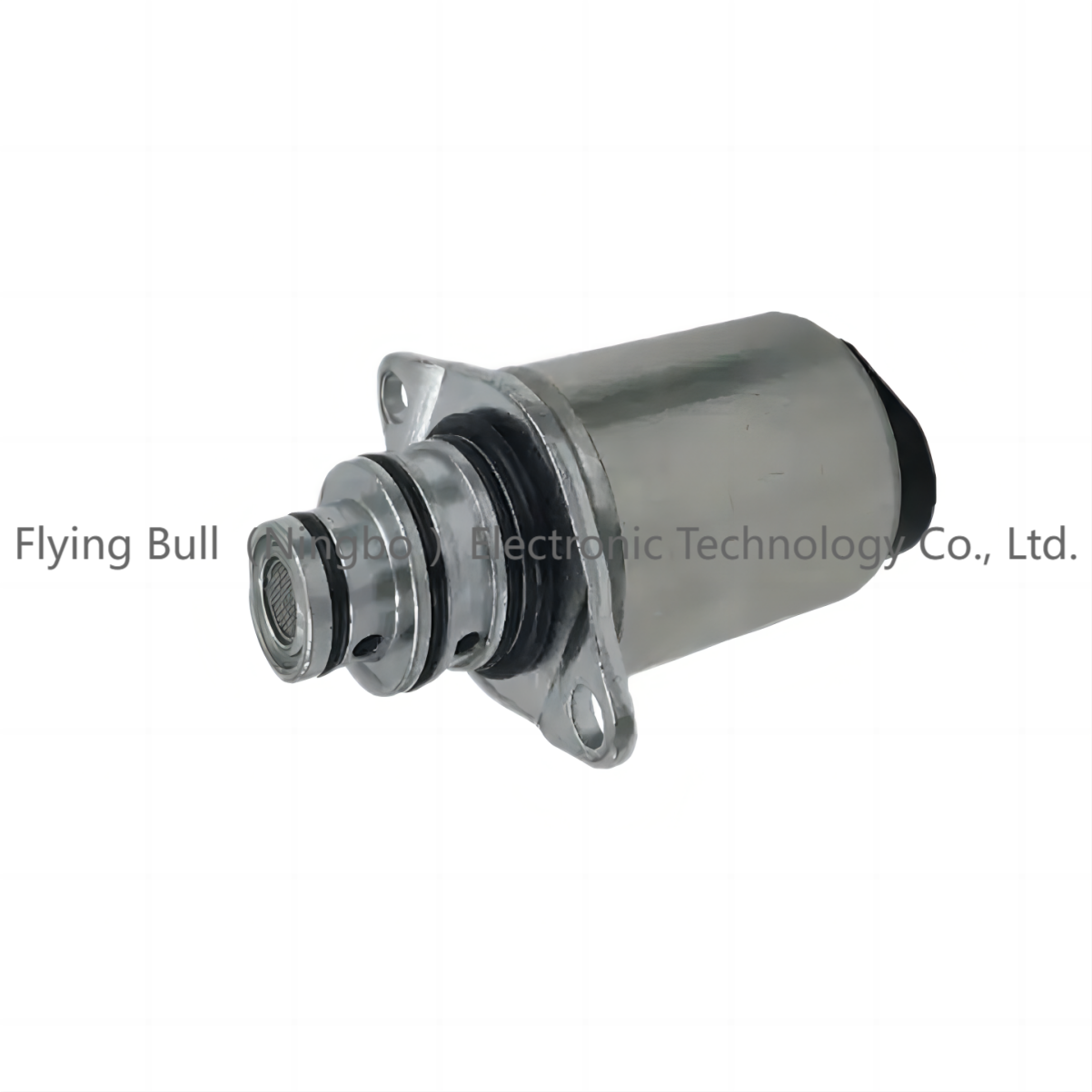
Company details








Company advantage
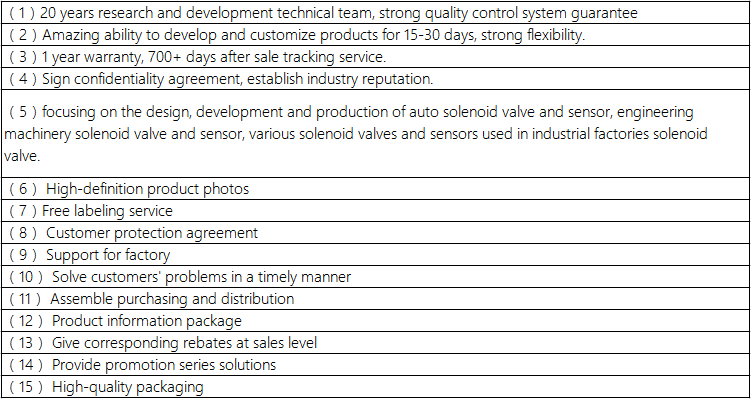
Transportation

FAQ
